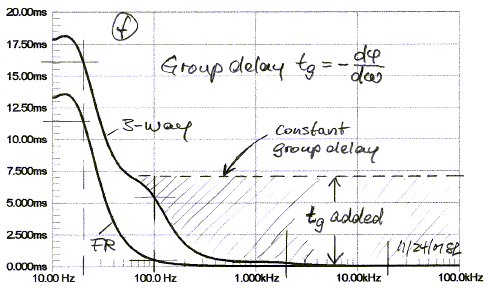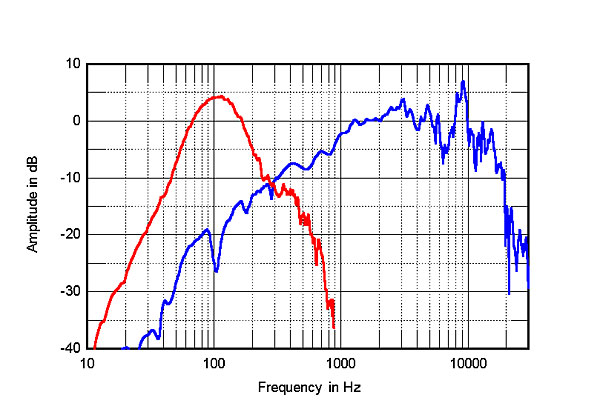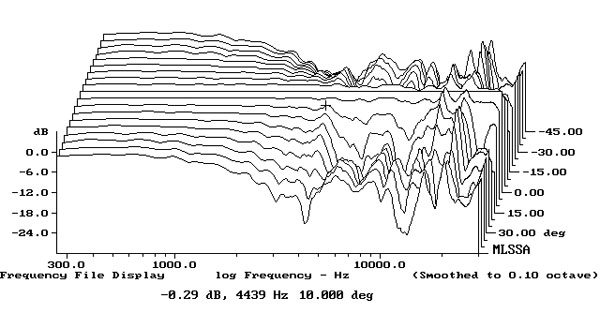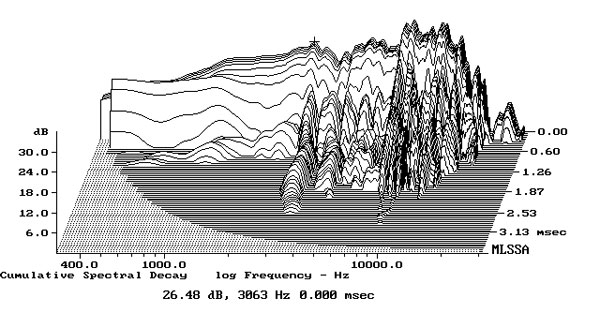As you can see from my system (listed in my signature lines), I have an excellent little pair of bookshelf speakers that are very bass limited. And if you have read my recent posts, I have been considering a pair of small towers and eventually adding a subwoofer or two. However, the discussion in this thread has convinced me to seriously consider a stand-mount plus sub(s) option.
You are a smart man, when presented with conflicting information, go for the simplest solution.
I'm reposting below what I've posted elsewhere, so it's not aimed at you personally.
One thing perhaps not made clear enough in the opening post is that the fewer things located in between the speakers (excluding subwoofer) the better, as anything in the middle will interfere with sound-staging.
Something in between the speakers like mono-amps on platforms or a low slung sub are less of a problem.
Items do not have to be at ear level to be of nuisance, the reason being that driver radiation patterns are not 2D FLAT as seen in polar radiation charts, the lobes are 3D.
This means the AIR adjacent, below and above the driver are part of the sonic presentation, and if you nibble into it, it's like a half eaten pie.
You want the WHOLE pie, don't you?
This phenomena may be more present in dipole and panel speaker than conventional dynamic drivers, and even less present in typical horn speakers, however it should not be ignored in any of them, in my opinion.
Radiation pattern varies with frequency (usually).
RealTraps - Front Wall Absorption
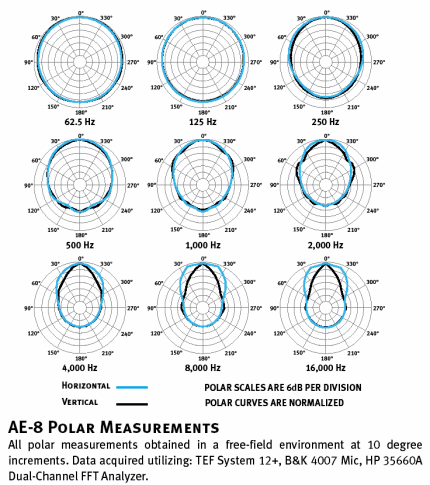
Move your audio rack off to a sidewall if you can (it's in my plans), and not at a first reflection point if you can help it.
KEF Kube 10b
I looked it up, it's a sealed box design, and that is a good thing in my opinion.
Nice choice of other speakers too.
My room is roughly was small as yours and my Martin Logan "Aerius" speakers are doing better than ever before, although with your humidity could possibly be a problem, would have to do some research on that. One guy in Malaysia was using M/L's in a covered space outdoors with no issues that I know of.
Last edited:

